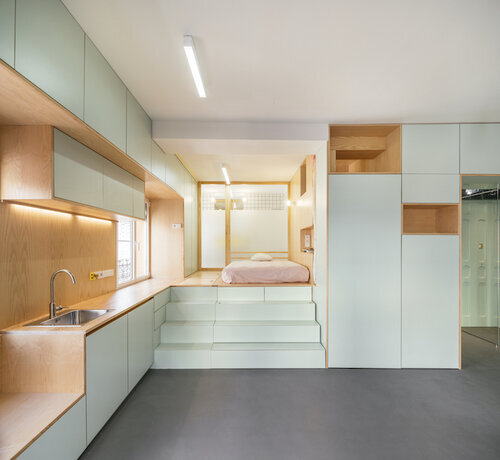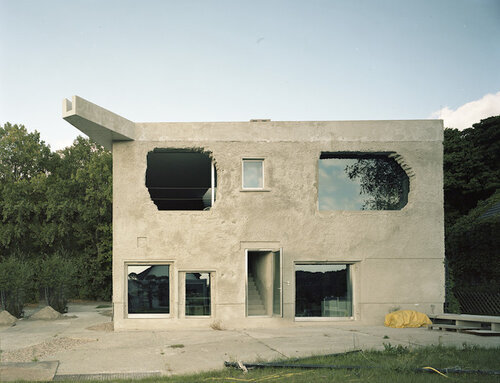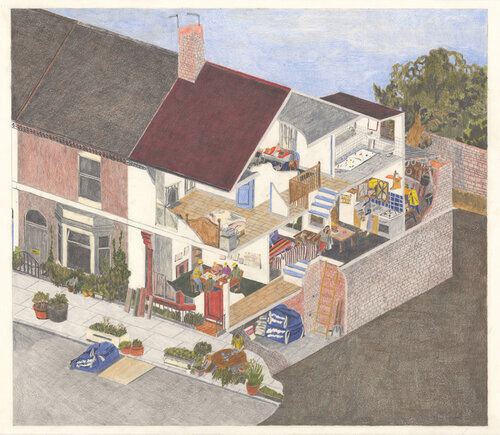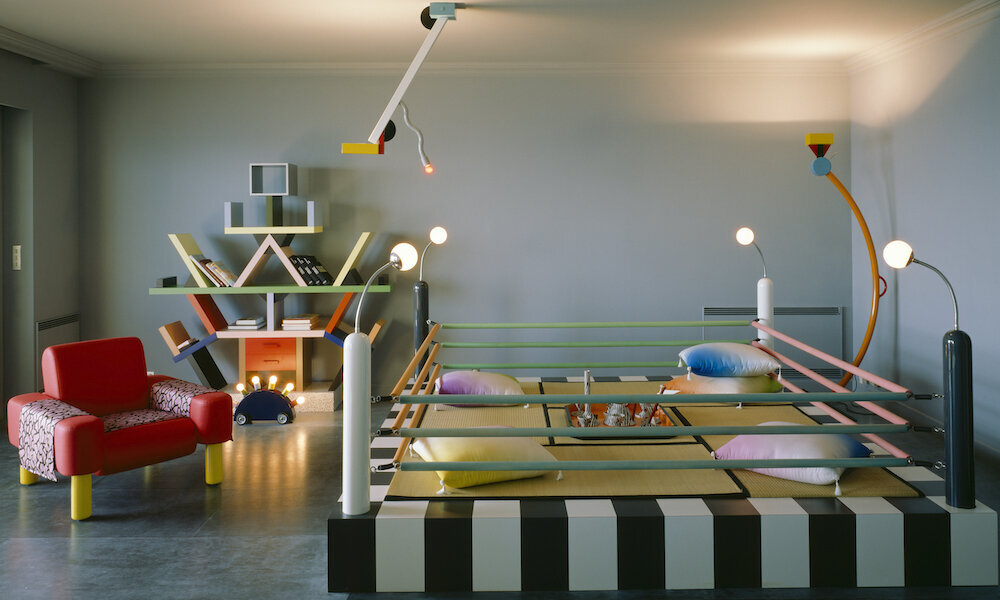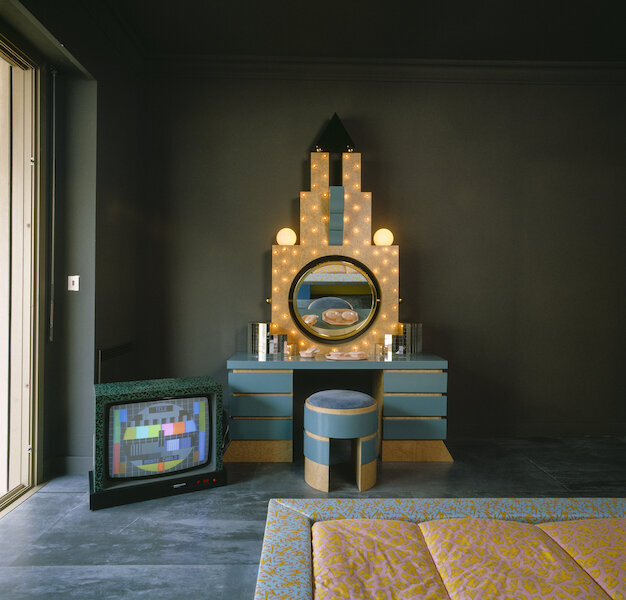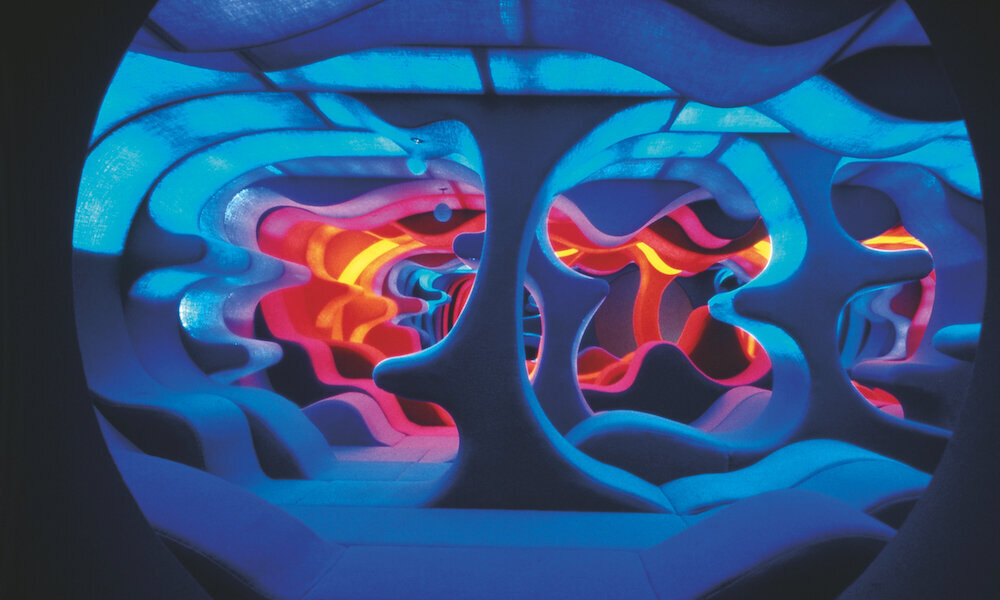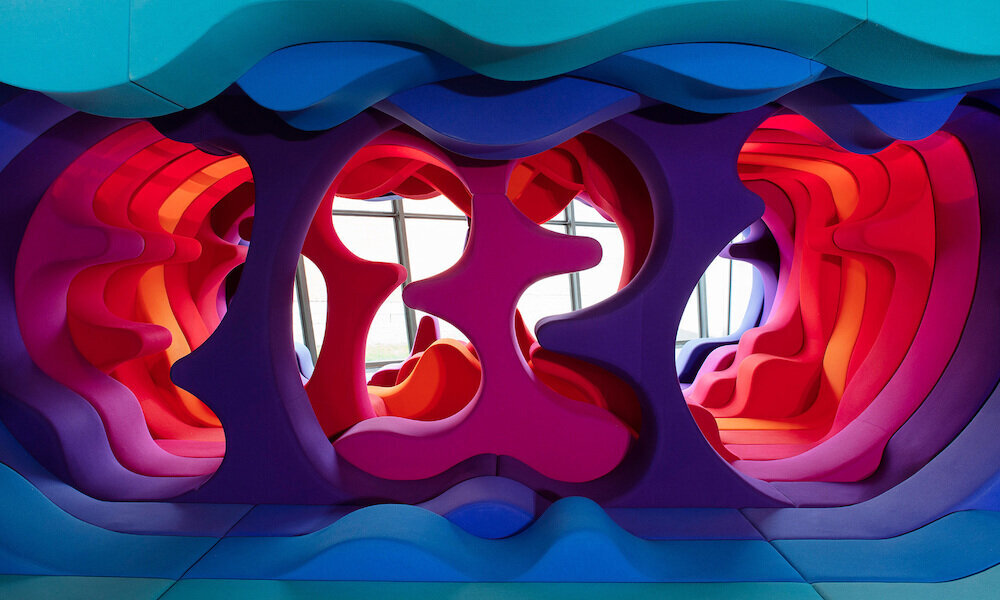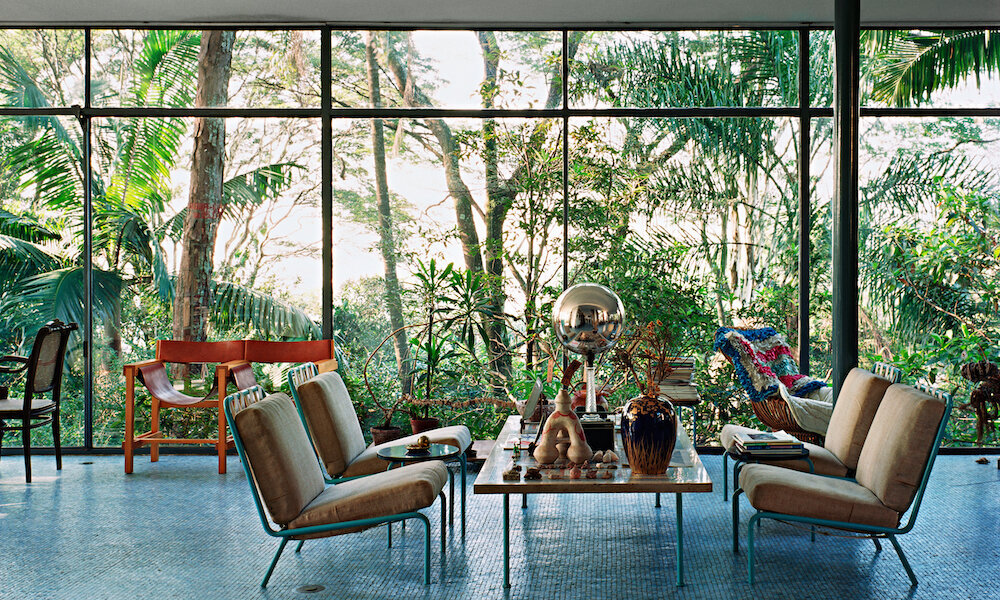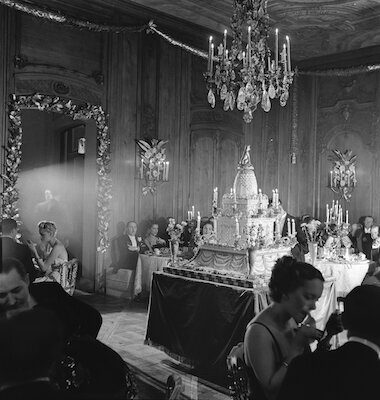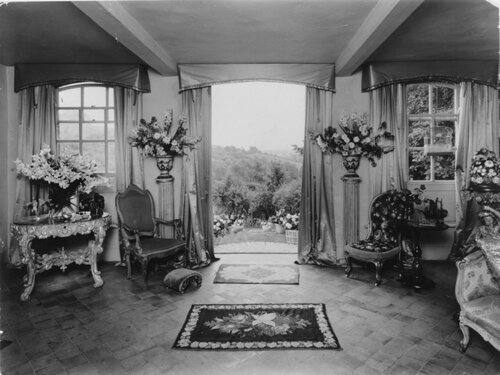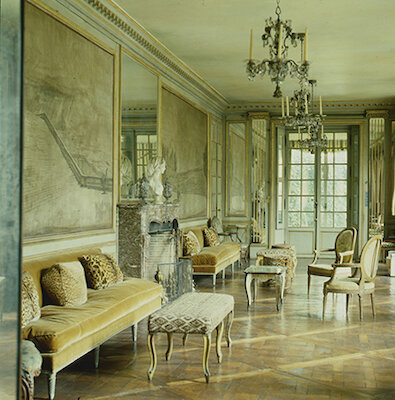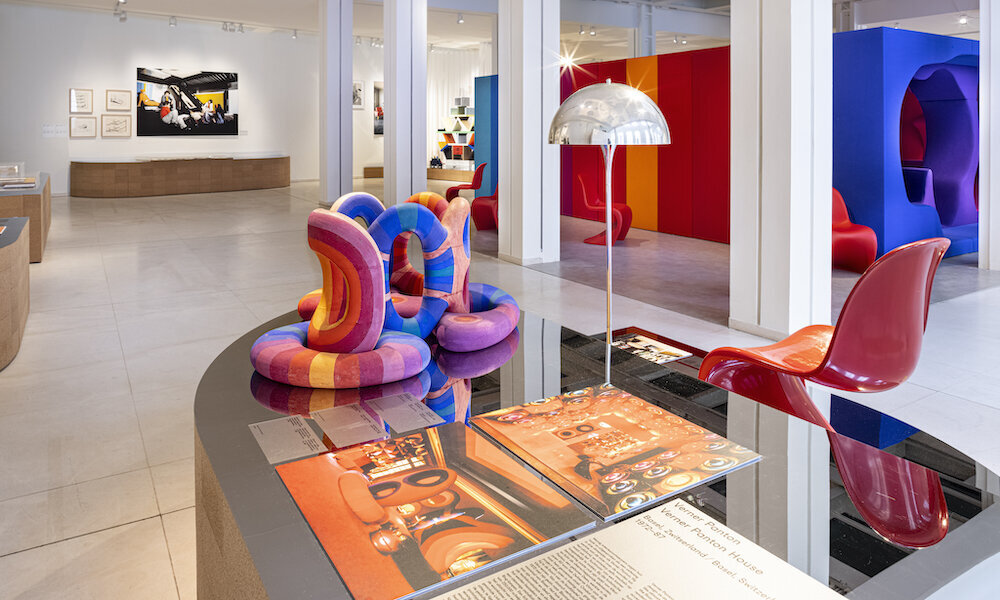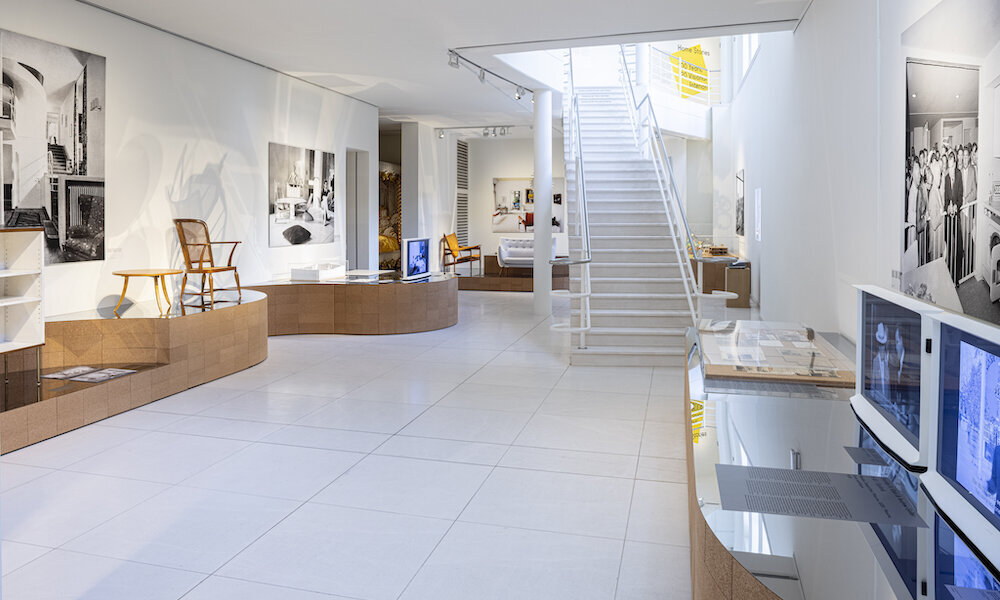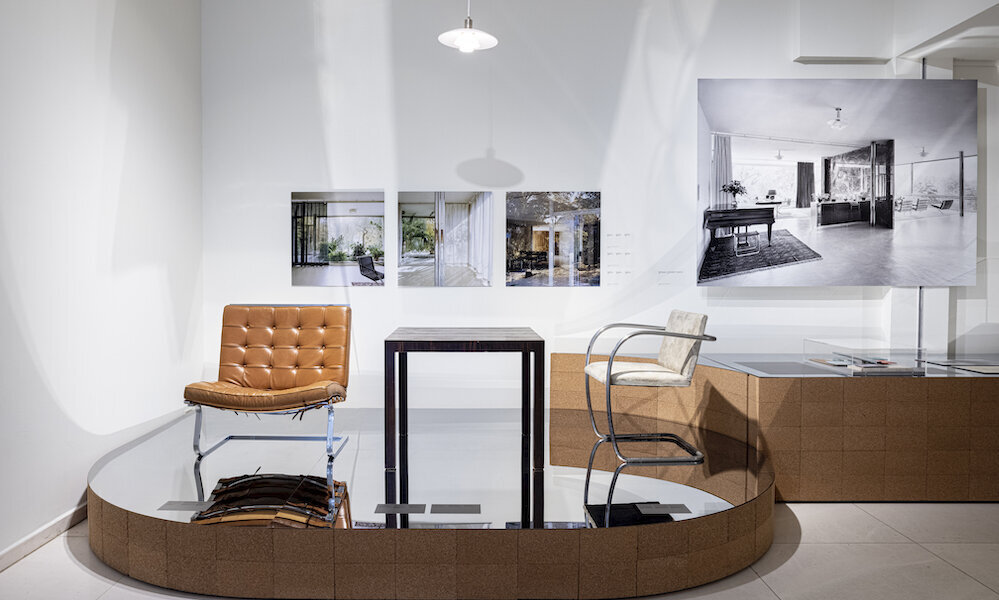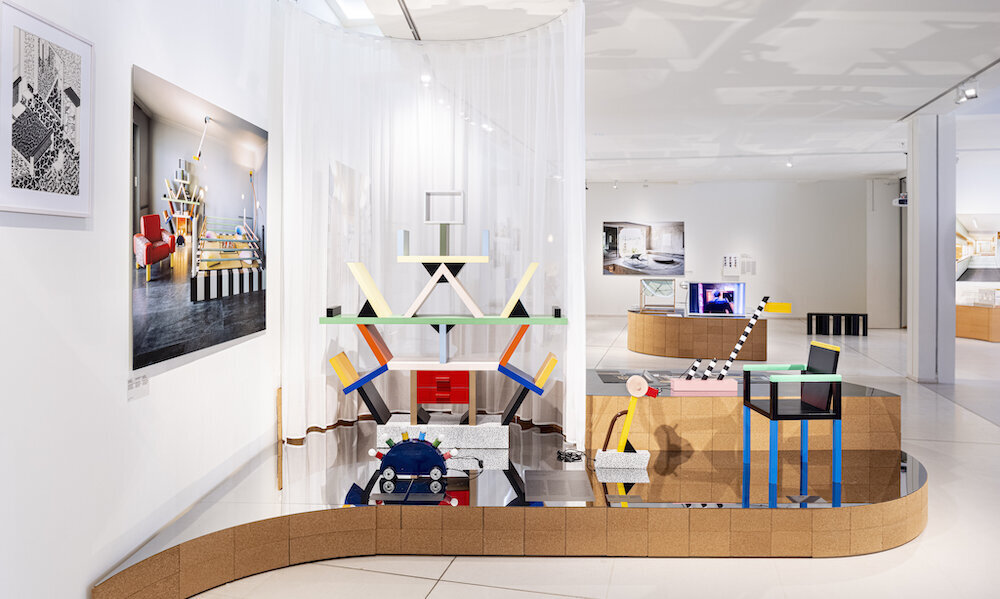Summer Design Exhibitions - Home Stories In Gent
It is time to travel again… Let’s travel with a purpose. Here is a series of Design Exhibitions not to miss during the Summer break.
Episode 1: Home Stories at the Gent Design Museum.
Our homes (houses or apartments) are an expression of the way we live, they shape our everyday routines and fundamentally affect our well-being.
The past few months made this statement even more accurate… we found refuge at home and it did change a lot of our every day priorities. But we all had to face some challenges: would our homes have ambitious aesthetics or more practical considerations. How can we reconcile working and living? How can children study at home? How can we ensure privacy when space is limited?
‘Home Stories - 100 Years, 20 Visionary Interiors’ at the Gent Design Museum aims to open the debate about the private interior. The scenography brings the visitors back in time to (re)evaluate how the society was envisioning the future encompassing the societal, political, urban and most importantly technical shifts at their time
From current issues facing the domestic domain, the journey goes on to our fascination with loft-living in the 1970s, the shift from formal to informal dwelling in the 1960s, the rise of household appliances in the 1950s and the introduction of open-space planning in the 1920s.
The exhibition is organised around 20 iconic interiors by architects such as Verner Panton, Finn Juhl, Lina Bo Bardi and Assemble; artists like Andy Warhol or Cecil Beaton, as well as interior designer Elsie de Wolfe.
Throughout the four parts of the exhibition visitors go back and forth between standardisation, functionalism, and formal reduction on the one hand to individualisation and ornamentation on the other. An overview that raises a key question in our modern society: how do we want to live?
Space, Economy and Atmosphere: 2000 – Today
The exhibition starts with a look at a few selected contemporary interiors, which reflect the radical shifts in private interiors that we are currently experiencing.
Micro-housing design utilises built-in and convertible furniture. This can be seen in Yojigen Poketto (which translates to 4D pocket), an apartment designed by the architecture studio Elii in Madrid (2017).
At the same time, innovative conversion projects, such as Arno Brandlhuber’s Antivilla near Berlin (2014) offer strategies for efficiently optimising space and reflect a new definition of comfort and luxury which is based on simplicity and the language of material.
Another societal change which is reflected in interior design is the increasing relevance of the sharing economy. One example for this is the project Granby Four Streets Community Housing in Liverpool (2013 – 17). A group of residents, who formed a Community Land Trust, started the project and brought in the multidisciplinary collective Assemble. Together they saved a Victorian terrace of houses from urban decay, gutted and redesigned the interiors for contemporary needs and helped establish a workshop that reuses building materials to create furnishings for the new spaces.
Rethinking the Interior: 1960 – 1980
With the spread of postmodernism, designers began to reflect on the symbolic meaning of furnishings, patterns and decorations, most famously embodied in the works of the design group Memphis.
A passionate collector of Memphis designs, fashion designer Karl Lagerfeld turned his apartment in Monte Carlo into a postmodern Memphis showroom in the early 1980s. During the two previous decades, the era’s general social upheavals were reflected in the private interior.
Architect Claude Parent introduced the concept of ‘the oblique’ to interiors to counter the predominant neutral, cube-like spaces prevalent at the time. Parent furnished his own apartment in Neuilly-sur-Seine, France (1973) with built-in, multifunctional inclined planes that could serve interchangeably as seating, dining or workspace, or a daybed.
Nat Finkelstein, Factory Panorama with Andy Warhol, New York City, USA, 1964-67 (photo: 1965)
© Nat Finkelstein Estate / All rights reserved
Andy Warhol’s New York Silver Factory (1964 – 67) evolved as a prime example of early loft-living and became an almost mythical symbol of the artist’s studio as an ideal combination of living and workspace.
At the same time, the furniture manufacturer and retail company IKEA was set to revolutionise the industry with its agenda of providing modern furniture to the masses.
IKEA’s rise to becoming the world’s largest furniture manufacturer and retailer has contributed to the ground-breaking shift in how we perceive furniture now — from an object that is passed on from generation to generation, to the short-lived, disposable and rapidly superseded consumer product it is today.
Verner Panton’s legendary Fantasy Landscape (1970) is the central piece in the exhibition, representing the radical ideas of 1960s and ’70s interior design. Visitors can access the cave-like tunnel decked in luscious shades of violet and blue with a glowing centre of red, orange and yellow and fully experience the atmosphere.
Nature and Technology: 1940 – 1960
Another decisive era in the formation of the modern interior were the post-war years, when the modern interior design style that had been developed before World War II entered the domestic realm of an increasing number of people in the Western world.
Richard Nixon and Nikita Khrushchev debating in the prefab house X-61 (Splitnik) at the American National Exhibition in Moscow, Russia, 1959 © picture alliance / AP Images
During the Cold War, the political competition between East and West crystallised around the question of living standards, culminating in the famous Kitchen Debate between Richard Nixon and Nikita Khrushchev that took place in an American prefabricated house displayed in Moscow in 1959.
Leading up to this, the mid-twentieth century saw the language of the modern interior become more refined, and approaches to interior design emerged that are still relevant today.
The House of the Future designed by Peter and Alison Smithson for the Ideal Home Exhibition in London in 1956 embraced prefabrication methods and household automation, including the latest kitchen appliances and a self-cleaning bath.
Much more sceptical of technological progress and functionalist design, Jacques Tati staged the Villa Arpel in his film Mon Oncle (1958) as an aseptic home with a mind of its own, dominating its inhabitants.
By combining modern forms and materials with a feeling of ‘homeliness’, Scandinavian interiors became increasingly influential around the world, as exemplified by the private residence of architect Finn Juhl and his house in Ordrup, Denmark (1942). Juhl used his own home to test the furniture he designed, to explore how it would work as part of an interior.
Lina Bo Bardi, Casa de Vidro, São Paulo, Brazil, 1952. Photo: © Nelson Kon, 2002
Moreover, ‘living with nature’ and the ‘fluid boundaries’ between indoors and outdoors became key topics for architects like Lina Bo Bardi and her Casa de Vidro in São Paulo, Brazil (1950 – 51). Bernard Rudofsky, another architect to contemplate the relationship between the private dwelling and its natural surroundings, took inspiration from vernacular building traditions to promote houses with outdoor rooms. Together with the artist Costantino Nivola he created an outdoor living space known as Nivola House-Garden in Long Island, New York (1950).
The Birth of the Modern Interior: 1920 – 1940
In his Villa Tugendhat in Brno, Czech Republic (1928 – 30), Ludwig Mies van der Rohe created one of the first houses based on an open-plan concept, with fluid spaces in which carefully placed furnishings and textiles created islands for different uses. Adolf Loos advocated the ‘Raumplan’, a concept of spatial planning that could not be understood in two dimensions because of its three-dimensional complexity.
His Villa Müller in Prague (1929 – 30) features a carefully choreographed sequence of spaces at different levels and of different heights, which exceed the standard notion of single-plane floors. Fellow Austrian, architect and product designer Josef Frank introduced the concept of ‘accidentism’, whereby interiors would grow organically over time and look as if composed by chance.
Photo courtesy of Martin Polák
Contrary to these modernist positions some of their contemporaries embraced ornamentation as a means of expression. Elsie de Wolfe, who published her book The House in Good Taste in 1913, is often regarded as one of the first professional interior decorators.
De Wolfe advocated the interior as a representation of the identity of the person living in it.
This was also true for the interiors created by photographer and interior designer Cecil Beaton who used his domestic settings as a means of self-expression. For his Ashcombe House (1930 – 45) he drew inspiration from the arts, the theatre and even the circus.
Home Stories. 100 Years, 20 Visionary Interiors until August 22nd, 2021.



